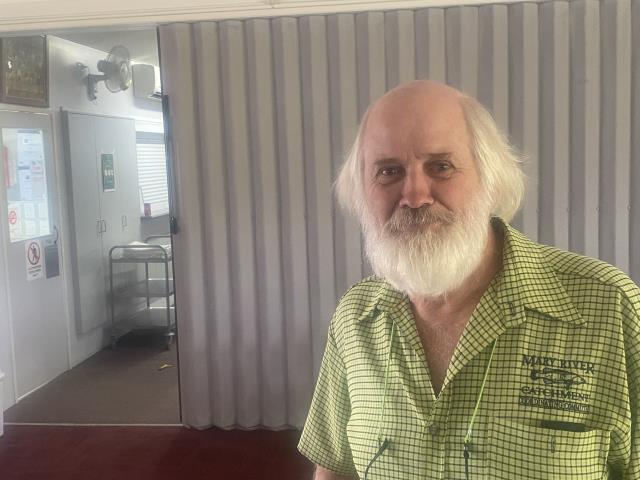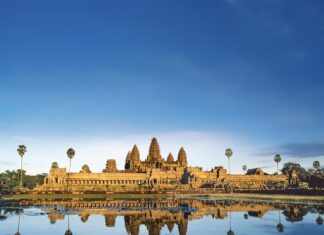It’s long been said that the general public are way ahead of water planners when it comes to accepting purified recycled water, and a recent story in the Courier Mail confirms this.
“Queenslanders are more open to drinking recycled water today than they were during the height of the millennium drought, the boss of Seqwater has declared,” says the article, citing polling commissioned by Seqwater indicating almost 70 per cent of Queenslanders were “comfortable” drinking recycled water.
Our planners seem stuck on the results from the mid-2000s where one poll showed around 90 per cent opposition, but public acceptance has made a quantum leap since then.
It’s heartening that public support now considerably outweighs opposition showing that many have looked into it more fully and have understood the benefits.
In 2020, 68 per cent of people said they were comfortable with the concept of recycled water, up from 59 per cent in 2017.
It’s no surprise that the public is more accepting. When you consider that purified recycled water is part of the intake for cities like Los Angeles, Singapore and London, plus they’ve worked out that Purified Recycled Water (PRW) is a different product from what you see in trucks labelled Recycled Water: Do Not Drink.
Both our State Water Minister Glenn Butcher, and Brisbane’s Lord Mayor Adrian Schrinner have announced their support for PRW.
And while there are still those opposed to drinking recycled water, the recent media release allows us to remind people that the majority of water piped to households is used for other purposes eg laundry, showering, dishwashers, watering the garden etc and only a very small percentage is used as drinking water. If people don’t want to drink recycled water, there is always the option of installing a rainwater tank and providing drinking water to your own house.
We shouldn’t be debating recycling vs desalination. Seqwater’s Western Corridor Recycled Water Scheme is already built, and has been for 15 years, but is virtually in mothballs despite it being a climate–independent way to produce top quality potable water – it should form a key part of our water supply now.
The $2.5bn Western Corridor Recycled Water Project was completed in December 2008. It consists of three separate treatment works; Bundamba, Gibson Island and Luggage Point. It is the largest undertaking of its kind in Australia and was ranked as the world’s third-biggest recycled water scheme at the time.
It forms a key element in the $9bn South East Queensland Water Grid – the largest urban drought initiative in Australia – the project has a supply capacity of just over 230 megalitres a day. In April 2008, the new Bundamba treatment plant won the Global Water Intelligence water project of the year award.
The Western Corridor plant is already built and pipes from it are connected to Wivenhoe Dam and across the SEQ water grid – a desalination plant on the Sunshine Coast isn’t necessarily required.
All that needs to change is the operating rules for SEQ’s water supply options. Currently purified recycled water from the plant is only pumped to Wivenhoe Dam in fairly dire drought conditions, when the combined dam levels across SEQ fall to 40%. This should happen sooner, say when levels drop to 70 per cent.
As Queenslanders look to the coming summer with an expected El Nino weather system, having a water source that doesn’t depend on rainfall, coming from a plant that’s already built simply makes sense.
No longer can we hide behind the excuse that the public isn’t ready for recycled water, purified recycled water.







